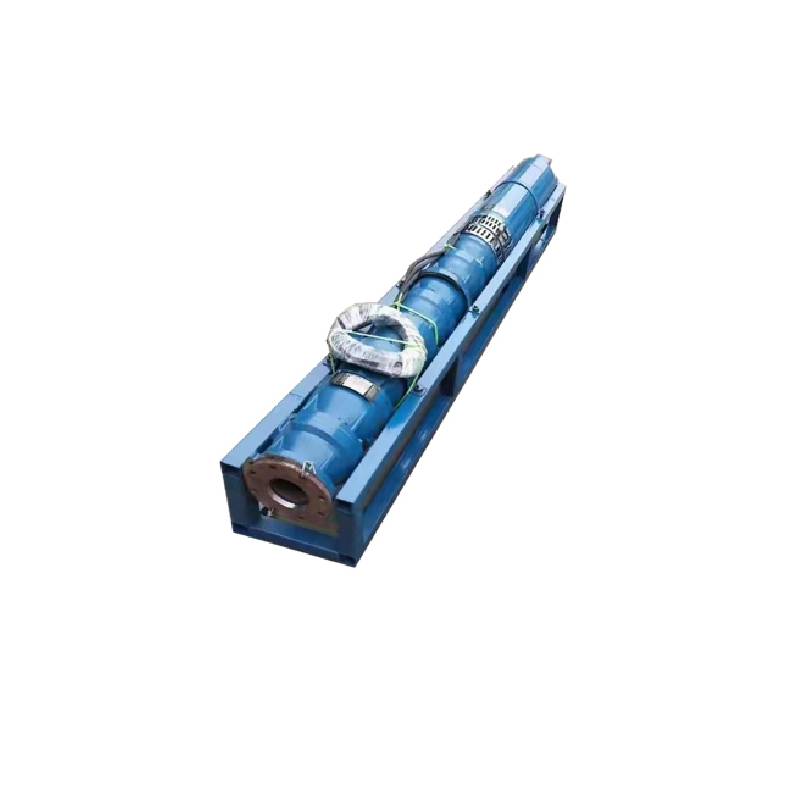kol . 01, 2024 06:06 Back to list
Understanding the Expenses Involved in Submersible Pump Boring for Your Project Needs
Understanding Submersible Pump Boring Costs
Submersible pumps are vital components in various water extraction and management systems, especially in agriculture, municipal water supply, and industrial applications. The installation of a submersible pump often involves boring a well or borehole, which can represent a significant portion of the overall cost. Understanding the various factors influencing submersible pump boring costs is crucial for anyone considering this investment.
What is a Submersible Pump?
A submersible pump is designed to be submerged in water. It consists of a pump and motor that are integrated into a single unit, typically housed in a waterproof casing. These pumps are highly efficient, capable of moving large volumes of water from deep underground to the surface. They are commonly used in residential wells, deep aquifers, and irrigation systems.
Cost Breakdown of Boring
Boring costs for submersible pump installation encompass several factors, including labor, equipment, materials, and site conditions. Here’s a closer look at these components
1. Labor Costs The complexity of the job often determines labor costs. Experienced professionals are needed for boring operations, which can command higher wages. The labor cost can also fluctuate based on the region and demand for skilled workers.
2. Equipment Rental Specialized equipment, such as drilling rigs and borehole casings, is required for the installation of a submersible pump. Renting this equipment can significantly contribute to the total cost. Additionally, if the project requires advanced technology, such as rotary drilling or hydraulic fracturing, expenses can escalate further.
submersible pump boring cost

3. Materials The type of materials used in the boring process also plays a crucial role in total costs. This includes the casing material, drilling fluid, and any additional items needed for installation. Higher-quality materials can increase durability and performance but also add to the initial expenditure.
4. Site Conditions The geological characteristics of the site can greatly impact boring costs. For instance, drilling through rocky substrates is more challenging and expensive than boring through soil or sand. Moreover, the depth of the borehole itself is a crucial factor; deeper wells require more labor, more time, and more resources to complete.
5. Permits and Regulations Local regulations may necessitate permits for drilling activities, which can incur additional fees. It's essential to research and adhere to these requirements to avoid fines or project delays.
6. Post-Installation Costs After the boring is completed, additional costs may arise from installation and connection to existing water systems. This includes the cost of wiring, additional piping, and any necessary fittings for the submersible pump.
Average Costs
While costs can vary greatly depending on the factors mentioned above, a general range for boring a well for a submersible pump is between $15 to $30 per foot. This does not include the cost of the pump itself, which can range from a few hundred to several thousand dollars based on capacity and quality. Therefore, a complete installation can easily run into several thousand dollars, especially for deep boreholes.
Conclusion
The costs associated with boring for a submersible pump are influenced by a myriad of factors that should be carefully considered when planning a project. Understanding these parameters can facilitate better budgeting and decision-making. Prospective users should conduct thorough research, obtain multiple quotes, and engage qualified professionals to ensure a successful and cost-effective installation of submersible pumps. Investing the time to analyze these costs can lead to better long-term outcomes in water management solutions.
-
Submersible Sump Pump Auto-Drainage for Crawlspaces
NewsAug.22,2025
-
Solar-Powered Stainless Steel Submersible Well Pump Setup
NewsAug.22,2025
-
Stainless Steel Well Pump Flow Rate Optimization
NewsAug.22,2025
-
Water Filled Submersible Pump Fish Farm Oxygenation
NewsAug.22,2025
-
Submersible Pump in Aquaculture and Fish Farming
NewsAug.22,2025
-
Deep Well Submersible Pump for Drought Areas
NewsAug.22,2025
-
 Submersible Sump Pump Auto-Drainage for CrawlspacesCrawlspaces, those narrow areas beneath homes, are prone to water accumulation due to leaks, groundwDetail
Submersible Sump Pump Auto-Drainage for CrawlspacesCrawlspaces, those narrow areas beneath homes, are prone to water accumulation due to leaks, groundwDetail -
 Solar-Powered Stainless Steel Submersible Well Pump SetupHarnessing solar energy to power stainless steel submersible well pumps is a sustainable and coDetail
Solar-Powered Stainless Steel Submersible Well Pump SetupHarnessing solar energy to power stainless steel submersible well pumps is a sustainable and coDetail -
 Stainless Steel Well Pump Flow Rate OptimizationIn various applications like agriculture, domestic water supply, and industrial use, the flow rate oDetail
Stainless Steel Well Pump Flow Rate OptimizationIn various applications like agriculture, domestic water supply, and industrial use, the flow rate oDetail
